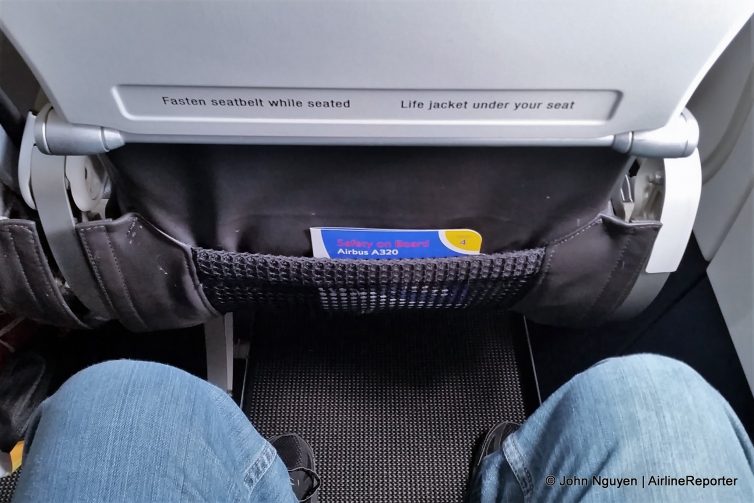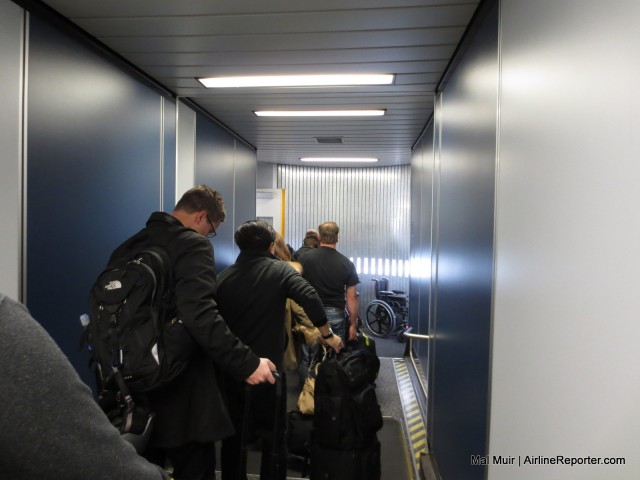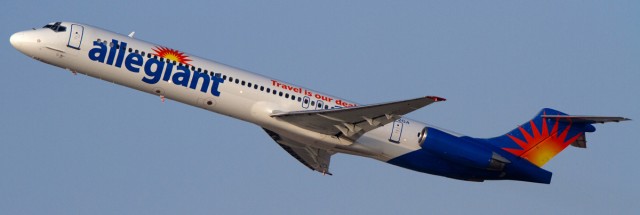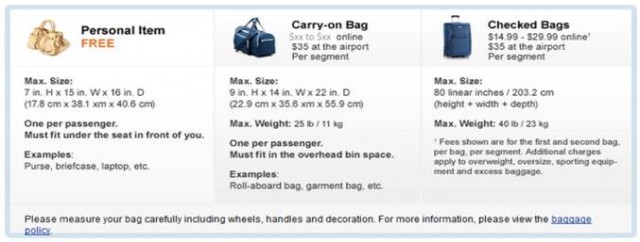One cubic foot. That’s roughly how much volume airlines grant you for the 9 inch x 10 inch x 17 inch “personal item” that goes under your seat. It’s a tiny allowance. Sure, you have a bit more space in your bag stored in the overhead bin. But nowadays many airlines are charging you for overhead bin access (THANKS, basic economy). Even if they don’t, nobody wants to be that guy who gets up every hour to get things from the overhead bin — especially if you’re sitting in the window seat.
So if you fly frequently, you put a lot of thought into what goes into your under-the-seat-in-front-of-you storage. The contents of your inflight go-bag are probably a good window into your personality and priorities when it comes to flying. In the spirit of sharing, I’ve compiled a list of the five essential things that I always have in my carry-on bag. Some cover the basics necessities, some are for fun, and some are for the AvGeek in me. And once you’re done reading my list, let’s hear what’s on yours!

So little space. So much potential!

Familiar to anyone? Perhaps we could change this scene?
On a recent flight, I was getting myself situated in my seat, while boarding continued around me. I had boarded in Group 1 (thank you Star Gold) and was waiting for the other people in my row to join me. It was about halfway through the boarding process of the fully sold-out flight that I saw something that shocked me. A passenger was carrying a giant hiking pack through the aisle, heading for their seat. I was blown away that this giant backpack somehow made it past the gate agents and on-board the aircraft. Surely this person was not seriously thinking that a giant backpack like that would pass as ’œcarry on.’ But sadly, it had.

It will cost you more to bring your carry-ons on your next Allegiant flight. Photo by Jeremy Dwyer-Lindgren.
Allegiant Air has stated that they will start charging for carry-on bags starting Wednesday, April 4th — and no, this is not an April Fools’ joke.
“Allegiant will begin charging for carry-ons for travelers booking new reservations beginning Wednesday (it will go live on our website late Tuesday night PDT),” Jessica Wheeler, Public Relations Manager for Allegiant confirmed to AirlineReporter.com.
Although the airline has not publicly announced the changes, they sent an internal memo to employes. Passengers will be allowed one free personal item (purse, briefcase, laptop), but anything larger will require the carry-on bag fee. Paying for the carry-on at the airport will run you $35, but buying online will save you some money. Allegiant has not confirmed how much the fee will cost if purchased in advance, but inside sources have explained that they expect it to be between $14.99-29.99 — which matches Allegiant’s checked bag fees. The difference in price is route specific and depends on the length of the flight flown.

From Allegiant, this shows how much your bags will cost on upcoming flights. Yes, it is a bit blurry -- you don't need glasses. Image from Allegiant.
This is not a huge surprise, since Allegiant has previously stated that they were considering charging for carry-ons. With the success of Spirit Airline’s carry on fees (Spirit s the only other US-based airline charging for carry-ons), this seemed to be just a matter of time.
Allegiant, based in Las Vegas, is an ultra low cost airline that offers cheap, basic fares and then charge for additional services like seat reservations, boarding order, food and drinks and now carry-ons. This type of ala-cart pricing has been quite controversial, but does allow people traveling light, to travel cheap.
The model of ala-cart pricing and providing additional travel options (hotel, rental cars, etc) has worked out well for Allegiant — they were one of the most profitable airlines in 2011.
Passengers seem to complain about this type of pricing, yet they keep buying tickets. Why wouldn’t airlines look at additional revenue sources like this when they appear to work? If you don’t agree with an airline’s policies, show them with your wallet. Let the complaining begin…



